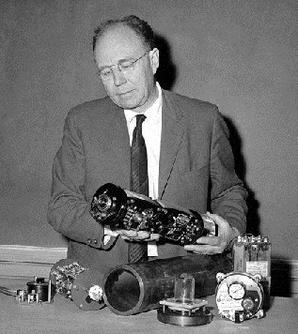This store requires javascript to be enabled for some features to work correctly.

Harold Edgerton
American scientist Harold “Doc” Edgerton was nicknamed “Papa Flash” for a reason: he pioneered the usage and subsequent popularization of the stroboscope in the photography of momentary events, enabling the capture of an image in split seconds. The stroboscope utilized by Edgerton produced rapid electronic flashes to capture these split-second images (you know, like a strobe light) and had been a prominent part of Albanian photographer Gjon Milli’s arsenal throughout his time photographing various subjects for Life Magazine in the 1930s. Edgerton and Milli formed a lifelong alliance in that same decade, and, being a scientist, Edgerton realized the research potential inherent in the photographic technique enabled by the tool. Nobody had seen or been able to study images of a flying bullet until Edgerton’s work with the stroboscope and shadowgraph, another photographic approach he harnessed.
His innovations didn’t stop there: contracted by the United States government, he photographed nuclear explosions in the 50s and 60s by developing and using a specialized camera called the Rapatronic. He is responsible for arming famed undersea researcher Jacques Cousteau with the world’s first underwater flash camera, and created multiple new sonar techniques that gave scientists the unprecedented ability to locate, view and study shipwrecks and the ocean floor.
Join our mailing list for 15% off
Sign up for our newsletter to get first access to new editions, catch the freshest commentary + features, and snag a special discount.






